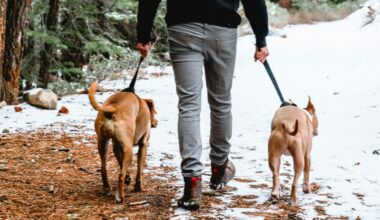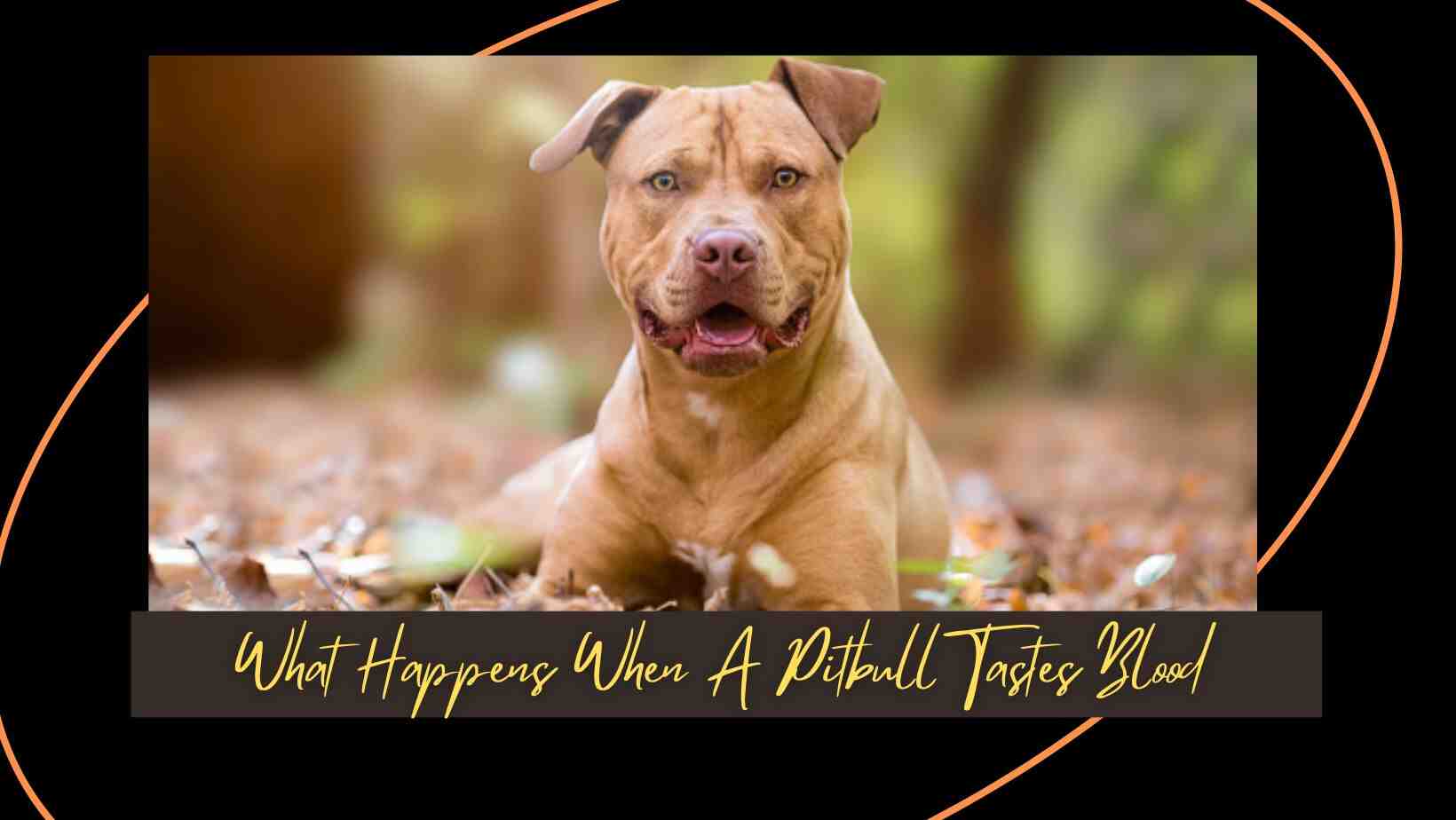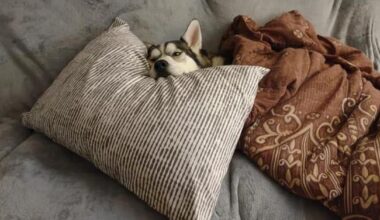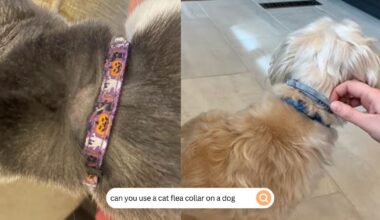Dogs are amazing creatures and it feels really good to be a dog owner. There are many benefits of being a dog owner, but along with all good things come some drawbacks as well. Some of the dog’s behaviors are frustrating including chewing the walls. It becomes tough to control your anger when you come home and get to see that your dog has made your home’s walls his favorite meal.
This can happen when your dog is teething or is bored at home. But there is nothing to worry about. You don’t need to keep your dog in a separate room to protect your house.
In this article, I will share some tips with you that will help you to stop your dog from chewing the walls. If you want to know more about it then keep reading.
First, known “why” to half solve the problem.
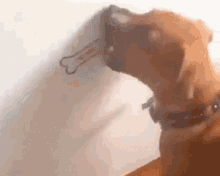
How Can I Stop My Dog from Chewing the Walls?
Generally, the most common reason is boredom; teething if you have a puppy. To handle this, you can use chew toys, licking mats, and kong toys for mental stimulation. If your dog does it when you’re absent then you can use bitter apple spray to make walls & furniture unappealing.

If you want to go in-depth, then there can be many reasons behind this act. Some of them are the following:
Your dog is going through the teething phase:
Just like humans, dogs also lose their baby teeth and get adult teeth by the age of 3-4 months. So, they might be facing teething issues due to which your dog may be chewing all. Once they have gotten all their adult teeth, this issue will most likely be finished. But if your dog starts to enjoy chewing the walls, this may continue.
Your dog thinks you’re encouraging chewing the walls:
Sometimes, you may give your dog some treats or toys to make him stop chewing the walls, but this does the exact opposite. Dogs start to find it encouraging to chew the wall as they think it is a good act for which they are getting treated.
Your dog does it for attention:
Dogs demand a lot of attention from their owners. They want to play and cuddle with them more frequently. If you do not give him attention because of his busy routine, he may start to do things that irritate you such as chewing walls.
Your dog is bored:
Many people don’t know but dogs can also get bored if they have nothing to do. If you are unable to play with your dog or take him for a walk, he may start to feel bored and will find some activity for him. Chewing walls can be one of them.
According to Dr. John Doe who is a Veterinary behaviorist, “Dogs may chew walls due to boredom, frustration or anxiety. It is essential to address the underlying behavioral issues to prevent destructive habits”
Anxiety:
Anxiety can also be the reason why your dog is chewing walls. If this is the underlying cause, you should not be hard on him or give him punishment as it can worsen the condition. Gentle dealing is required in this case.
How to Stop My Dog From Chewing The Walls?
Now that your problem is half-solved! Let’s wrap up the other half!
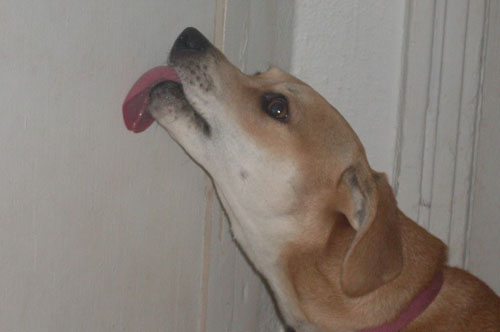
Give your dog some chewing alternatives:
Puppies, especially those who are facing teething issues love to chew things. They feel an urge to chew anything they see. So instead your dog starts ruining your walls, it is better to buy some long-lasting chewing treats for him which will give him some chewing alternatives. Different chew toys & licking mats are also available which can be bought for your dog as an alternative.
Use bitter apple spray or any other deterrent spray:
Bitter apple sprays or other deterrents that are designed specifically to discourage dogs from licking, biting, or chewing bed. toys, furniture, and most importantly WALLS (in your case) by making it less appealing. These sprays are safe for pets and can be applied to areas or walls your dog tends to target. If you’re in a hurry and short on these types of sprays then you can use vinegar or lavender oil diluted with water as dogs don’t like the smell of both either.
Cover vulnerable areas:
Identify the areas of the walls that your dog loves to chew on the most and cover them with materials that are less appealing to chew on. You can use plastic sheets, aluminum foil, or double-sided tape. These textures can deter your dog from chewing because they don’t like the sensation on their teeth.
Crate training is another tool to handle bad behavior:
Crate training is a possible solution to this chewing issue if the above three are not helping. Crate training is not like imprisoning your dog, it is to properly train your dog to live inside his own space. Give your dog a comfortable corner of your room and train him/her that they should stay there as long as you are not at home. This limits access to the whole house and will help to manage your dog’s chewing problem.
- You can also read:
Increase mental stimulation:
Sometimes, excessive chewing can be a result of boredom or excess energy as said above. Make sure your dog is getting enough physical exercise through regular walks, playtime, and interactive games. Additionally, engage their mind with puzzle toys, training sessions, or food-dispensing toys to keep them mentally stimulated and less likely to resort to destructive chewing. Please note that chewing toys, crate training, and usage of deterrent spray are also considered mental stimulation.
Obedience training:
Teaching your dog basic obedience commands like “leave it” and “drop it” can be incredibly helpful in managing their behavior. Practice these commands regularly and reward your dog with treats or praise when they comply. This way, you can redirect their attention away from the walls and onto more appropriate activities. But if you’re reading till here, I don’t think you’re dog gonna obey those commands because your dog JUST LOVE THE WALLS.
Address anxiety issues:
If your dog chews walls due to anxiety issues, it is important to treat that anxiety rather than doing things to stop the chewing. Some ways to address anxiety issues in dogs are to take them for walks and exercise, spend time with them, give them toys to play with, buy some meditation collars for them to keep them relaxed, and make physical contact like hugging or rubbing them. These tips can help to reduce anxiety in your dog.
Consult a professional:
If your dog’s chewing behavior persists despite trying the above strategies, consider seeking advice from a professional dog trainer or behaviorist.
Now that we know almost every step to handle a dog’s chewing. Let’s jump in to fix the damage done.
How To Fix Damaged Drywall From A Dog:
If your dog has destroyed your walls, there is nothing to panic about. Drywalls are easy to fix. You need to have some tools and know the correct way to fix a damaged wall.
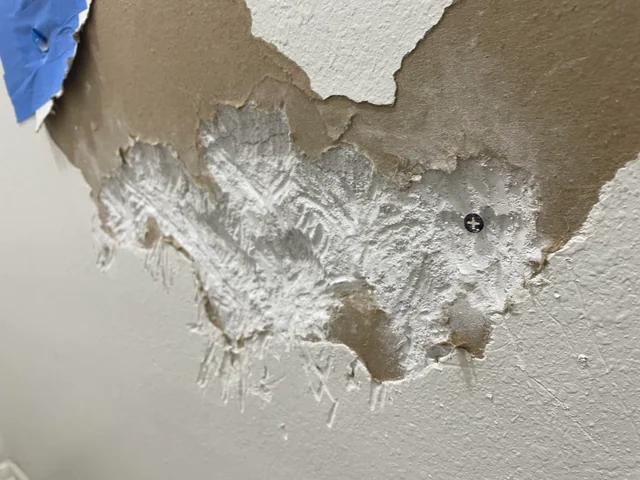
Materials You’ll Need:
You will need the following things to fix drywall.
- Drywall compound (joint compound)
- Drywall compound, also known as joint compound, is a white powder that is primarily made up of gypsum. You need to mix it with water and form a thick paste which can be applied on a damaged wall to fix it.
- Drywall patch or mesh tape
- Drywall patch and mesh tape both are really strong tapes that you can apply on damaged surfaces and walls. If you have small dents and holes in your walls you can simply cover them from drywall patches.
- Sandpaper (medium and fine grit)
- Sandpaper can be used to make the damaged area smooth which helps in the repair process.
- Utility knife or putty knife
- Utility knives are special knives used to repair drywalls. They have strong blades that do not bend under pressure.
- Paint and paintbrush or roller
- After the repair process, paint and paint brushes are needed to cover the repaired area.
- Primer (if needed)
- Sometimes you may also need to apply primer before applying paint on the repaired walls.
Steps:
- Assess the Damage
- First, you need to carefully examine the damaged area and inspect how bad the damage is. Some damages are not that deep and can be simply covered with paint but sometimes damaged areas can be very large and need proper repair.
- Clean the Area
- The second step is to clean the damaged area. Sand the damaged area with sandpaper to make it very smooth and clear any spots or debris.
- Apply Drywall Patch or Mesh Tape
- The next step is to apply a patch or mesh tape on the damaged area of the drywall. This is a self-adhesive tape and will help to join the damaged area and provide strength to it.
- Apply Joint Compound
- After applying the patch, next comes the joint compound. Mix it in water, make a thick paste, and apply it to the patched area. Use a putty knife to make its edges thinner. Let it dry.
- Sand the Surface
- After the joint compound is dried, sand the surface to make it smooth and wipe away all the excess dust, etc.
- Apply Additional Layers
- Repeat this process and apply the second layer of the compound on the wall to make it stronger and more durable.
- Primer (if necessary):
- After completing the repair process, apply a layer of primer on the wall to provide a base for paint.
- Paint
- The last step is to apply paint on the wall to make it more appealing.
- Allow to Dry and Inspect
- Let the paint dry and inspect the repaired part of the wall. If any part is still left damaged, repeat the process for that part.
How To Fix Damaged Drywall From A Dog (VIDEO)
Other Common Questions:
Why does my dog chew the wall when left alone?
The reason behind this is that due to anxiety and loneliness, dogs start to chew walls. They do this because they want to reach you or want your attention. And the best they can do for this is to chew walls.
Is dog’s chewing on wood normal?
Yes! Dogs love to chew anything they see. Like any other thing, chewing on wood is also quite normal for dogs especially when they are bored.
Can my dog get sick chewing the walls?
No, it is much less likely for a dog to get sick by chewing walls because walls are completely non-toxic for dogs. They don’t harm dogs in any way except for some digestive issues if they ingest the materials in large quanitity.
Will eating drywall hurt my dog?
Drywall is made up of gypsum and some other compounds. All these are considered non-toxic for dogs and eating a small amount of it will not cause any harmful effects in dogs except for some stomach problems like stomach pain etc. But if your dog chews a lot and consumes a large amount of drywall, he may face serious digestive issues that might need surgery.
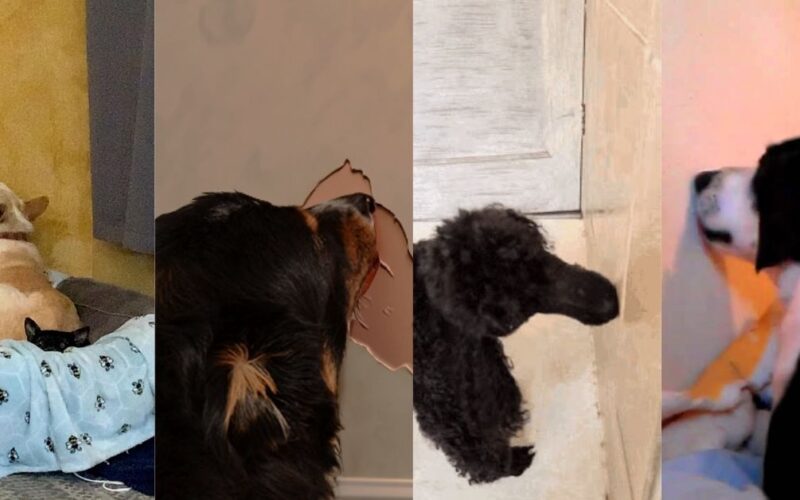
![Should I Let My Other Dog See My Dead Dog [Answered]](https://mypetdoggie.com/wp-content/uploads/2024/02/Should-I-Let-My-Other-Dog-See-My-Dead-Dog-Answered-380x220.jpg)
